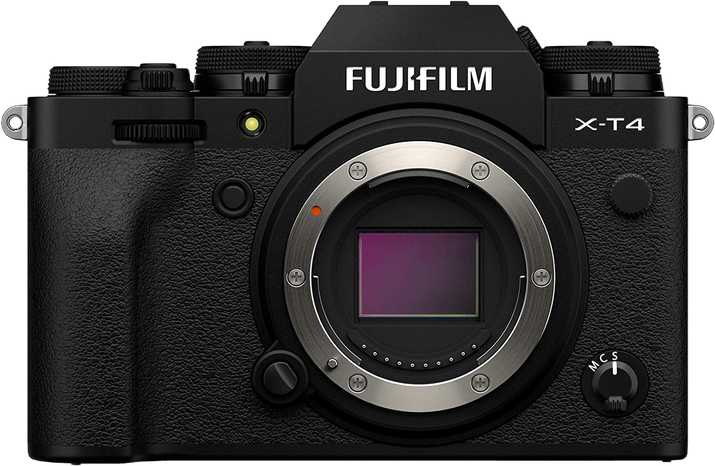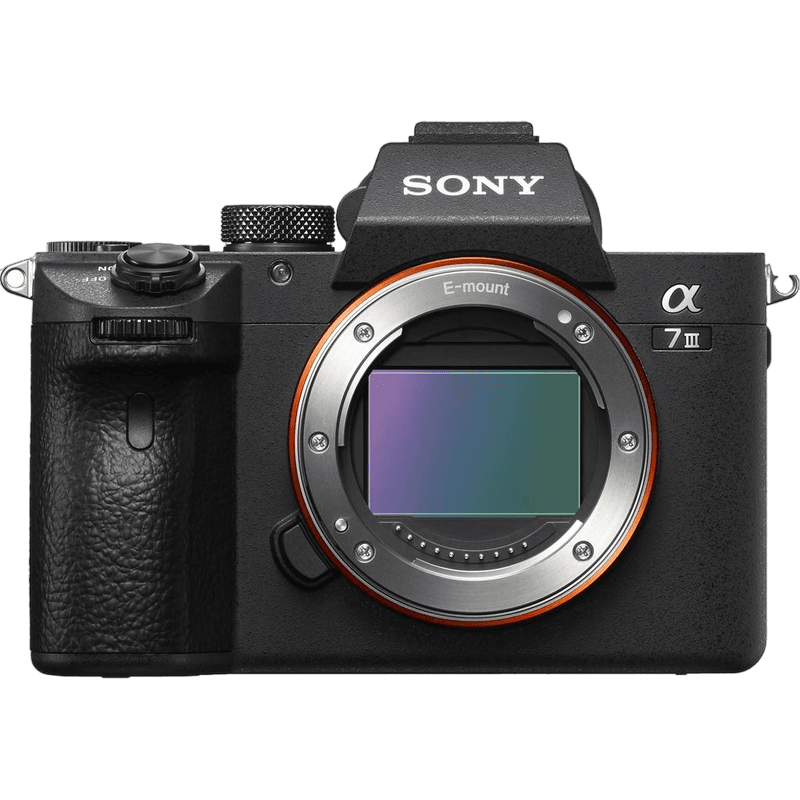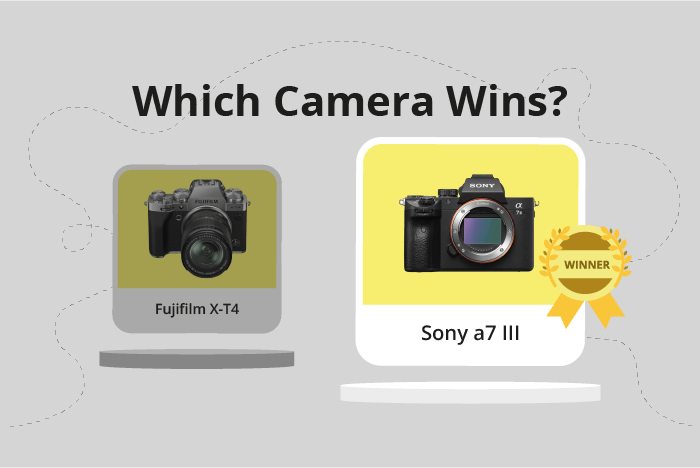Fujifilm X-T4 vs Sony a7 III Comparison
Fujifilm X-T4

Sony a7 III

The Sony a7 III edges out the Fujifilm X-T4 with a score of 81 compared to 76/100. Both cameras are mirrorless and share similarities in size and weight, with the X-T4 measuring 135 x 93 x 84mm and weighing 607g, while the a7 III measures 127 x 96 x 74mm and weighs 650g.
The Fujifilm X-T4, released in 2020, has a lower launch price of $1699, making it more budget-friendly than the Sony a7 III, which launched in 2018 at $2000. However, the Sony a7 III’s higher score means it offers better overall performance and features, justifying its higher price.
Despite its lower score, the Fujifilm X-T4 is still a solid choice for those seeking a more affordable option without sacrificing too much quality. On the other hand, the Sony a7 III provides superior performance for those willing to invest a bit more. Both cameras have their strengths and cater to different needs and budgets.
Fujifilm X-T4 vs Sony a7 III Overview and Optics
The Sony a7 III surpasses the Fujifilm X-T4 in optics with a score of 81/100 compared to 73/100. Both cameras share several specifications, including a CMOS sensor, image stabilisation, and lens mounts specific to their respective brands.
The Fujifilm X-T4 has 26 megapixels, a faster shooting speed of 20, and an X-Processor 4. These features contribute to the camera’s ability to capture high-quality images with minimal noise, making it ideal for action photography and situations where rapid shooting is necessary. However, the Fujifilm X-T4 lacks a DXOMARK score for its sensor, as DXOMARK does not score Fujifilm cameras.
On the other hand, the Sony a7 III has 24.2 megapixels, a slower shooting speed of 10, and a Bionz X processor. Despite its lower megapixel count and shooting speed, the Sony a7 III boasts a full-frame sensor and a high DXOMARK score of 96. This full-frame sensor allows the camera to capture more light and detail, resulting in superior image quality. The high DXOMARK score also reflects the camera’s excellent performance in low light conditions and overall image quality.
Although the Fujifilm X-T4 has a faster shooting speed and slightly higher megapixel count, the Sony a7 III’s full-frame sensor and high DXOMARK score give it the edge in terms of optics. The Fujifilm X-T4 is better suited for action photography, while the Sony a7 III excels in low light conditions and produces high-quality images. Ultimately, the choice between these two cameras will depend on the photographer’s specific needs and preferences.
Fujifilm X-T4 vs Sony a7 III Video Performance
The Fujifilm X-T4 emerges as the winner in terms of video capabilities, scoring 91/100, while the Sony a7 III lags with a score of 70. Both cameras share some common specifications, such as 4K video resolution. However, the Fujifilm X-T4 has an edge in several aspects, making it the superior choice for videographers.
The X-T4 offers higher maximum video dimensions at 4096 x 2160, compared to the a7 III’s 3840 x 2160. This difference allows for more detailed and sharper footage. Additionally, the X-T4 provides a significantly higher maximum video frame rate of 120fps, while the a7 III only reaches 30fps. This advantage enables users to capture smooth slow-motion videos with the Fujifilm X-T4.
Although the Sony a7 III falls short in these areas, it remains a solid choice for photographers who prioritize still images and do not require advanced video capabilities. The a7 III’s 4K video resolution ensures decent video quality for casual videographers.
When comparing video capabilities, the Fujifilm X-T4 outperforms the Sony a7 III with its higher maximum video dimensions, increased frame rate. This makes the X-T4 an excellent choice for those who prioritize video quality and features. However, the Sony a7 III remains a viable option for photographers who do not require advanced video capabilities but still want 4K video resolution.
Fujifilm X-T4 vs Sony a7 III Features and Benefits
The Fujifilm X-T4 emerges as the winner in the features comparison, scoring 85/100, while the Sony a7 III scores 81/100. Both cameras share some common specifications, such as a 3-inch screen size, touchscreen capabilities, flip screen, GPS absence, as well as WIFI and Bluetooth connectivity.
The Fujifilm X-T4 outperforms the Sony a7 III in screen resolution, boasting 1,620,000 dots, compared to Sony’s 921,600 dots. This higher resolution provides a sharper and clearer display, enhancing the user experience during photo and video playback, as well as menu navigation.
Although the Sony a7 III scores slightly lower in the features category, it still offers an impressive set of specifications. Its features are on par with the Fujifilm X-T4 in terms of screen size, connectivity options, and the presence of a flip screen. While it may not be the winner in this comparison, the Sony a7 III is a strong contender in the market, offering competitive features for photographers and videographers alike.
Considering the points discussed, the Fujifilm X-T4 takes the lead in this comparison due to its superior screen resolution. However, the Sony a7 III remains a worthy competitor with its comprehensive set of features and capabilities. Both cameras cater to different user preferences and requirements, and the ultimate choice depends on the individual’s priorities and expectations from their camera.
Fujifilm X-T4 vs Sony a7 III Storage and Battery
The Fujifilm X-T4 and the Sony a7 III share common specs, such as having two memory card slots and accepting SD/SDHC/SDXC cards. However, the X-T4 is UHS-II compatible, offering faster read and write speeds.
The X-T4 has a battery life of 500 shots, which is less than the a7 III’s 750 shots. Despite this, the X-T4 uses an NP-W235 battery and supports USB charging, providing more convenience and flexibility for on-the-go users.
On the other hand, the Sony a7 III has a longer battery life with its NP-FZ100 battery as well as USB charging.
Alternatives to the Fujifilm X-T4 and Sony a7 III
Are you still undecided about which camera is right for you? Have a look at these popular comparisons that feature the Fujifilm X-T4 or the Sony a7 III:

